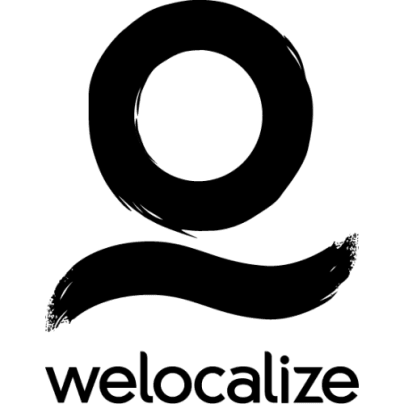July marks both Disability Pride Month in the U.S., and the 35th anniversary of the Americans with Disabilities Act — a potentially opportune time to reassess just how inclusive workplaces are for employees with disabilities.
Accessibility is “one of the earliest forms of inclusion,” according to Bryon Bass, CEO of the Disability Management Employer Coalition.
The ADA’s federal-sector predecessor — Section 504 of the Rehabilitation Act of 1973 — was enacted to provide opportunities for individuals who were coming back from the Vietnam War, he said. “They came back as wounded warriors,” Bass continued. “And there was this recognition that we need to do a better job of reintegrating individuals into the workforce if they’ve been disabled.”
Today, accessibility can be an integral part of workplace inclusion and culture.
Why HR may want to mark Disability Pride Month
Disability Pride Month can prompt employees to recognize the role of ability and disability in their life. For Bass, that means “celebrating individuals who are disabled [or] have lesser abilities than what we typically would see in the general population.”
“I think it’s a time for us to realize and to recognize that disability also comes in different forms,” he told HR Dive, explaining that some disabilities are physical and visible — such as the inability to walk — but others, like anxiety, may fly under the radar. “It’s time for us to reflect on all the different types of conditions that fall under that disability umbrella,” he said.
How the ADA provides a floor
HR professionals may be well-acquainted with the ADA. In general, it created a definition for “disability” in the workplace and set out nondiscrimination protections, as well as an accommodation mandate.
For individuals who can perform the essential functions of a job with or without an accommodation, an employer may need to tweak a facility, restructure a job, adjust a schedule, provide a sign language interpreter or provide breaks, according to the U.S. Equal Employment Opportunity Commission.
That law “became the fabric of what we do,” the DMEC CEO said; and since its passage in 1990, it has been expanded and also served as a foundation for further protections. Among others, California and New York laws set out specific protections for people with disabilities in the workplace.
Those laws provide a floor, however, and there are several steps DEI professionals can take to ensure disability access is part of an employer’s inclusion efforts.
How HR can affect cultural change
When it comes to creating an inclusive culture, Bass emphasized a top-down approach. “It’s really leadership driven,” he said of effective culture change. “If individuals don’t see support for that, then they’re not going to embrace it and provide the support themselves.”
Bass also emphasized the importance of training: “From an education perspective, there are so many things that leaders and managers have to be trained on.” In the same way employers mandate sexual harassment prevention or similar education, they can also require accessibility training.
“If you’re not consciously making time for ... individuals to get this education, then they’re not going to get it on their own,” he said, adding that people end up problem-solving without proper education, which means they won’t know what to do when certain situations arise. “Many times, you see a lot of court cases where individuals will say, ‘We’re not going to accommodate you.’ [or] ‘You don’t belong here,’” Bass said.
Ideally, HR can support a culture where management works together with employees to solve any accessibility issues, Bass said.
How workforce participation may signal improved access
U.S. Bureau of Labor Statistics data indicates greater workforce participation among individuals with disabilities, a signal that accessibility may be improving on a macro level. “I think some of that improvement, especially over the last five years, is directly related to some of the requirements imposed upon employers during the pandemic,” Bass said.
Remote work, he said, was previously a “bad word.” Employers were sometimes hesitant to accommodate work-from-home requests. But when many were sent home during the early months of the COVID-19 pandemic, it leveled the playing field in a way for workers whose disabilities made it difficult to commute or work in an office.
It’s a prime example of how improved workplace accessibility can effect real change; “I’m hopeful that we’ll continue to see that going forward,” Bass said.














